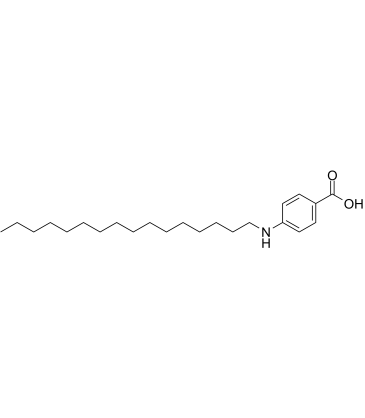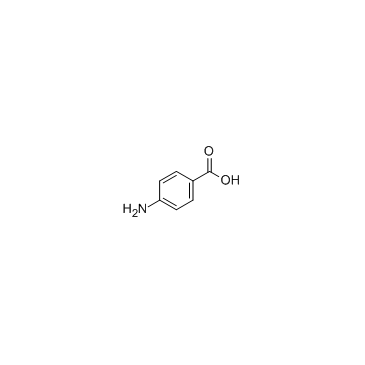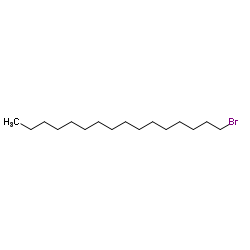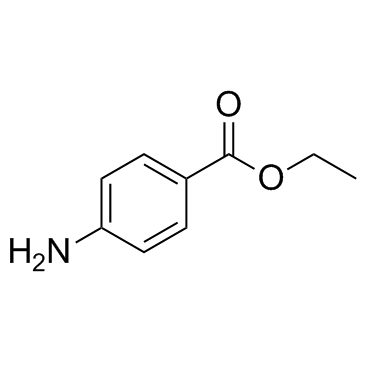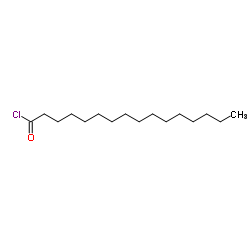| Description |
Cetaben, an exceptional type of peroxisome proliferator, is a peroxisome proliferator-activated receptor α (PPARα)-independent peroxisome proliferator. Cetaben is a non-fibrate hypolipidemic drug and potently reduces the concentration of cholesterol and triglycerides[1][2].
|
| Related Catalog |
|
| In Vitro |
Cetaben (10 µM; 24 hours) induces severe micromorphological and ultrastructural changes in HepG2 and MH1C1 cells. After treatment with 100 µM cetaben, cells contained several Golgi regions, most of them disintegrated into vesicles[2]. Cetaben-treated (10 µM; 24 hours) cells were characterized by a striking heterogeneity of the peroxisomal population with the occurrence of dumbbell-shaped and cup-shaped peroxisomal profiles in MH1C1cells[2].
|
| In Vivo |
Cetaben reveales a significant rise in the activities of peroxisomal enzymes in both the liver and kidney at doses of 50-100 mg/kg body over 10 days, but the maximal effect is observed at 250 mg/kg[1]. Animal Model: Male Wistar rats[1] Dosage: 10,25,50,100,250 and 500 mg/kg Administration: Gavage; 10 day Result: Revealed a significant rise in the activities of peroxisomal enzymes in both the liver and kidney at doses of 50-100 mg/kg body over 10 days, but the maximal effect was observed at 250 mg/kg.
|
| References |
[1]. Chandoga J, et al. Cetaben and fibrates both influence the activities of peroxisomal enzymes in different ways. Biochem Pharmacol. 1994 Feb 9;47(3):515-9. [2]. Kovacs W, et al. Cetaben-induced changes on the morphology and peroxisomal enzymes in MH1C1 rat hepatomacells and HepG2 human hepatoblastoma cells. Histochem Cell Biol. 2001 Jun;115(6):509-19.
|
